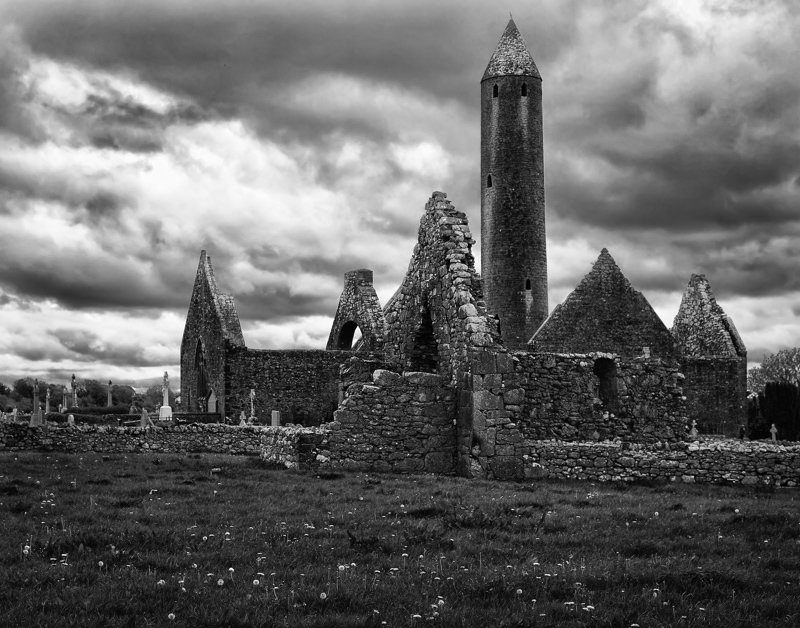
I have been spending the last few weeks planning a trip to Paris. It will be a family vacation, and I plan to take plenty of pictures. In addition to the standard family and tourist pictures, I plan to get up early in the morning before my family is up and engage in some serious photography. I might also do so at night on occasion. So I have put a lot of effort into planning my photography for this trip.
Given that effort, I thought I would cover the best ways for your to plan your next trip so that you can get the best pictures possible. These are the tools and strategies that will help you find the best shots and put yourself in position to get them at the best times. This is the process I’ve used for trips to many locations and I think it maximizes your opportunities for capturing great shots.
Use guide books to start your travel planning
First you need to get the general lay of the land of your destination. For this, start out with one or two standard guide books. You are probably already familiar with Frommer’s, Fodor’s, Lonely Planet, etc. Each of them will give you a good introduction to the place you are headed. If you are going to Europe, the Rick Steves books are the best of that lot, because it is not just a rote listing of every place there is, but actually opinions about what is good and what is not so good.
Addition, for photographers, I recommend the DK Eyewitness Travel Guides. These books have the most pictures of any standard guide book, so you determine the most photogenic spots at your destination. What is a top attraction for a standard tourist is not so great if you are looking to take pictures, and you want to be able to see the difference.
For a standard tourist, one of these books might be the sum total of their planning. For us photographers though, it is just the beginning.
Photo sharing websites help you find the best shots
Now that you have gone through the standard guidebooks and gotten the lay of the land, the next step is researching online photos taken by other photographers of your destination. Virtually everyplace on earth has been photographed, and most places have been photographed thousands of times. Many of these pictures are available on the web for you to draw inspiration from. The best places to start for this are the Flickr World Map and the 500px World Map.
Flickr
You are probably familiar with Flickr, as it is the largest photo sharing website on the internet. At last count, it had upwards of 6 billion images on it. The site has a map of the world showing photographs taken in whatever location you choose on the map. Just go here to get started.
The Flickr World Map is easy to navigate, and will show you what Flickr deems the “most interesting” pictures of your location. Just go to your general location and see what Flickr has to offer. After you have examined the area in general, check out the individual spots at your location. For example, if you are going to Paris, you might first check out Paris in general, and then zoom in to individual locations like the Eiffel Tower, Notre Dame, or Sacre Couer to see what creative things other photographers have done in those particular spots.
Keep in mind that the pictures you see may or may not be any good. There will also be lots of portraits and other irrelevant material in there. But with over 6 billion pictures, you ought to be able to find a few things that help you.
500px
500px is another photo sharing website that you should peruse prior to your trip. 500px is much smaller than Flickr, but the pictures are of exponentially higher quality. Whereas Flickr is the sort of place you put many of your pictures, 500px is where your put only your absolute best pictures.
500px also has a World Map, which you can get to by clicking here. There are not as many pictures as there are on Flickr, but, again, the pictures are of much higher quality so it will probably give you much better ideas for your own photography. Use it in the same way as was described for the Flickr map.
The 500px World Map is one of the top photography travel planning tools out there. Spend some time with this tool. The photographs are awesome and you will discover a lot of great ideas for your trip.
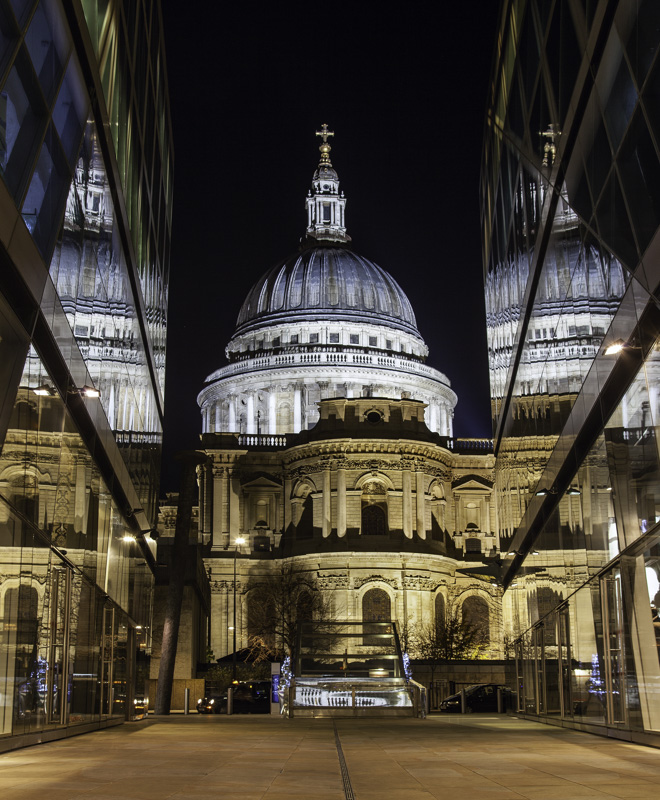
Familiarize yourself with location specialists
The next thing to research is photographers that specialize in your destination. Some of this work will be done as you peruse Flickr and 500px. In other words, when you see a number of photos taken of your destination come from a particular photographer, check out that photographer’s website. Odds are they will have a lot more photographs there. They may even have useful descriptions and other information.
You can also run a simple Google search for your location and the word “photographer” as your search criteria. In the results, you will have to wade through a number of wedding and portrait photographers for that location, but then you should find one or more photographers that specialize in shooting that place. Those photographers will have devoted an enormous amount of time and energy to that location, and you can get ideas from their hard work.
Reaching Out
Once you find a few photographers that specialize in your destination, take some time to study what they are doing. You might even reach out to them with an email. I have done this on occasion and generally gotten some helpful replies.
Field Guides
Some photographers will have gone the extra mile and actually written a guide for a particular location. A great example is the Photographer’s Guide to Chicago, which is as good as I have seen in this genre. I previously published a list of all guide books that I know of, which is here. If the place you are going has a guide book, be sure to check it out. These exist for many major cities and the top national parks.
[box type=”info” style=”rounded” border=”full”]I should mention that I am planning my own series of guide books for particular cities, which will consist of Photographing London, Photographing Paris, and Photographing New York City. (I will link to them here as they become available).[/box]
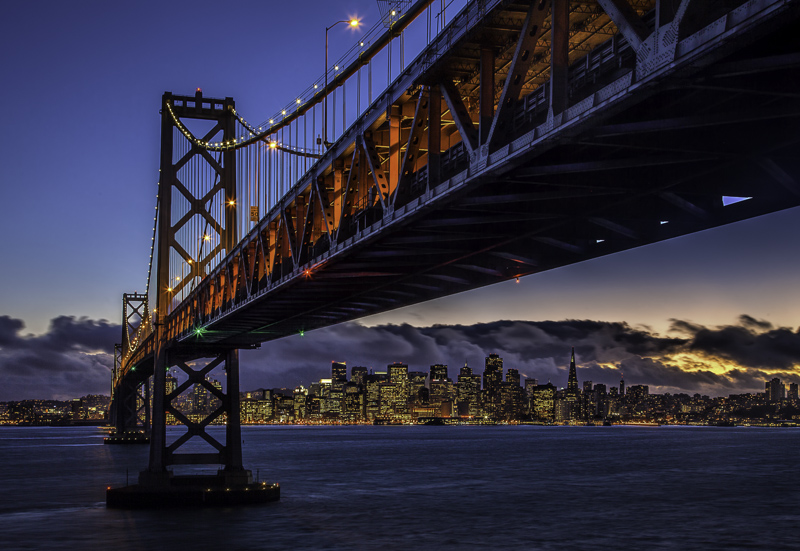
Create a shot list
At this point you should have an overall sense of the place you are going and an idea of the pictures you will want. It is time to start making a shot list of those photographs you want to come home with.
In other words, don’t just assume that you’ll stumble into good shots. Make a list of all your anticipated photographs. This list will serve two functions:
- It will help you build your itinerary focusing you on the shots you want.
- It will serve as a checklist while you are at your destination to make sure you have taken all the shots you wanted.
Be specific. Don’t just write something like “Eiffel Tower” on your shot list. That can be any number of different photographs from different angles and perspectives. Rather write “Eiffel Tower from the Champ de Mars,” or “Eiffel Tower from directly underneath,” or “photo at sunset from the second floor of the Eiffel Tower facing south.”
Plan for the conditions you will face
Next, make sure you understand and plan for the conditions you are about to face. There are lots of resources for helping you do that. Here are some:
- Sunrise and Sunset: The first thing to check is the conditions for that place when you will be there. Be sure you know the sunrise and sunset times for your location. This will help you plan your itinerary. In higher latitudes, the times of year will make an enormous difference on the sunrise and sunset times. I’ve gone to Maine in the summer and had to be up at 4:30 am to catch a sunrise, and I’ve been to London in the winter and faced full darkness at 4:30 pm. There should be a website with the specific sunrise and sunset times for your destination on the web, but here is a general website you can use to enter your destination to find that information.
- Tides: If you are going to a coastal location, be sure you know the tides timetable for your location (or at least have it handy). There will be specific information for your destination on the web, but here is a general tide predictor website. This is important to know for your photography because coastal shots look better at low tide and harbors look better at high tide. It is also important that you know whether a tide is rising or falling so that you don’t get trapped on an outcropping or rocks in a rising tide. At best, you are going to get wet, and at worst it can be dangerous. (I’ve actually found myself in bad situations for failing to follow this advice.)
- Moon Phases: If you are interested in night photography, it pays to know the phases of the Moon. You might want to include the moon in your shot, or if you aim to have stars in your picture, you want to make sure the moon does not interfere. That info can be found in a variety of places, including here.
The point is to make sure you understand all the phases of the conditions you will face. That will help you plan your pictures. It will also help you clan whether your pictures will be frontlit, backlit, or otherwise.
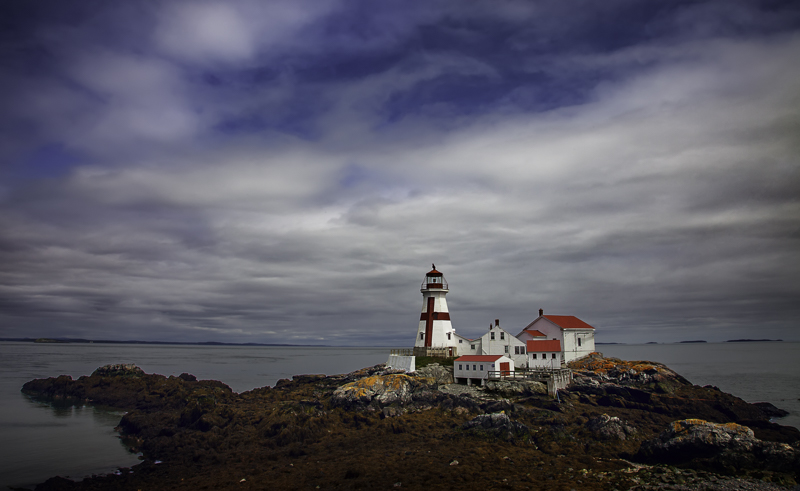
Use Google’s “Street View” in your travel planning
Thanks to the magic of Google Maps, you can plan the particulars of your shots in detail. Everybody knows about Google Maps. Most people are familiar with the Street View function (pulling the pegman onto the map, which gives you 360 degree views from whatever spot you choose). This tool is not as widely utilized in planning photography trips as it should be.
For the specific locations that you will frequent on your trip, drag pegman onto the map and enjoy a 360 degree view. Then use the map on the bottom left to move around. This will allow you to “virtually walk around” the areas you will be visiting. You can plan the angles of your shots, where you’ll be standing when you take particular shots, plan how you will get there, and generally familiarize yourself with the area. It is truly the next best thing to being there.
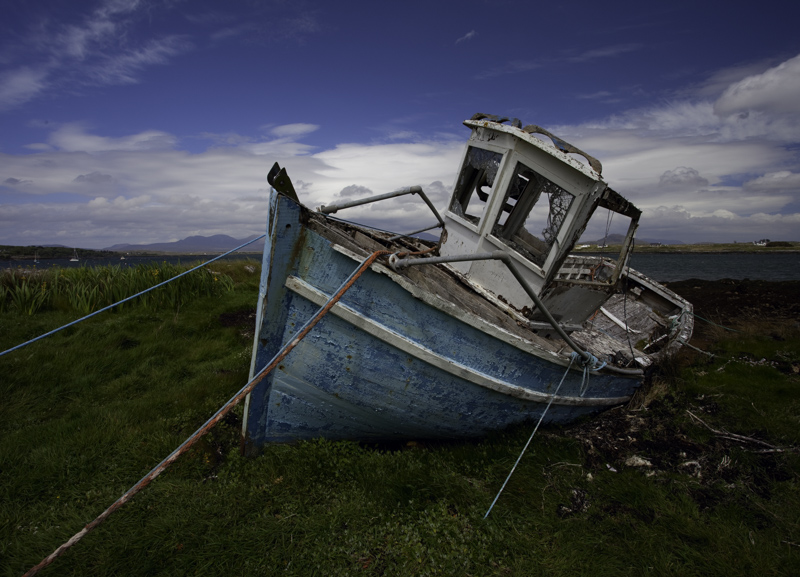
Create your itinerary to maximize the shots and conditions
Armed with all of this information, it is time to make a specific itinerary. How you go about this and what you include are obviously up to you.
As you create your itinerary, look over your shot list to decide when to get the photographs you really want. Apply your new knowledge of local conditions to determine the best times to visit each location. Visit your top locations at dawn or dusk. Provided the weather cooperates at all, you should come home with some fantastic photographs.
Stay on top of the weather
During your initial travel planning, you will only have a rough idea of the weather you will have on your trip. You can look at averages, but that only takes you so far. Once you are 10 days or less from your trip, however, you can begin looking at the weather forecast in earnest. Of course the forecast inevitably changes and we’ve all experienced faulty forecasts, but much of the time the weather forecasters get it right (or close).
We all have our favorite weather information and apps, but if you don’t here is a link to the NOAA, which I understand is the source of much weather information. Use this information to tweak your plan as the trip draws near.
Make backup travel plans
Speaking of weather, you will want to have a backup plan in the event the weather does not cooperate with your plans. When it rains you still want the ability to put the time to productive use. You don’t want to just stare longingly out the window with nothing to do. There are probably indoor activities and shots that you can get. There are also some good shots to get in the rain in certain places. For example, if you are in an urban environment, rain leads to puddles, which can be great for capturing reflections. If you are in a rural environment, the most dramatic skies often occur just before or after a rain. Make good use of them!


What camera and lens(es) was/were used for the stunning shots in this article?
They were all taken with my Canon 5D mark ii (sadly, recently deceased). It is a safe bet that I used my Canon 24-105 f/4 for all of them (I know I used that for at least 3 of them). And thanks!!!
Thank you.